Can Viagra make Plants “Erect”?
Table of Contents
An Astonishing Discovery
In 1999 Israeli and Australian researchers reported a remarkable discovery. They discovered that just 1 mg of Viagra, when dissolved in water given to plants, can make plants “erect” for a significantly longer period. The research was published in BMJ.
The scientists who reported this discovery showed that small concentrations of Viagra dissolved in a vase of water can double the shelf life of cut flowers, making them stand up straight for as long as a week beyond their natural life span. Viagra worked across various types of plants including strawberries, legumes, roses, carnations, broccoli, and other perishables.
Pfizer’s “little blue pill”
Viagra is popularly known as the “little blue pill”. Viagra was developed by Pfizer’s and was launched in 1998.
Originally launched as a drug to treat erectile dysfunction, it quickly became a popular “aphrodisiac”. Even today people know Viagra as a drug that enhances male performance during intercourse. In last 20 years, not surprisingly, it has become ubiquitous. According to Pfizer, more than 62 million men all over the world have bought Viagra. The US military spends $41.6 million per year for it. Reports show that the US, Mexico, and Canada spent about $1.4 billion on it annually since 2012.
Discovery of Viagra
Our heart supplies blood to all the organs of our body through an evolved set of pipelines knows as arteries. But even our heart is an organ and it too requires blood for its own functioning. This blood comes via a set of arteries known as coronary arteries. If, due to some reason, these coronary arteries become narrow to the extent that they are not able to supply enough blood to heart for its functioning, the heart cells will start dying. This is what is known as angina (commonly called “heart attack”).
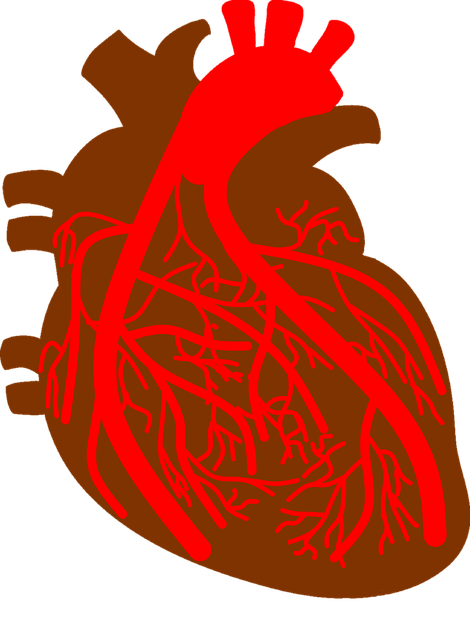
Its easy to follow that if you can reverse the narrowing of these coronary arteries you can treat heart attacks. Drugs that increase the width of arteries and dilate them are known as vasodilators. During 1980s vasodilators were being actively researched and Pfizer’s research team at Sandwich in UK was at the forefront of this research. This research team later went on to discover important vasodilators such as prazosin (Minipress), doxazosin (Cardura) and amlodipine (Norvasc) that became well-known products marketed for the treatment of cardiovascular diseases.
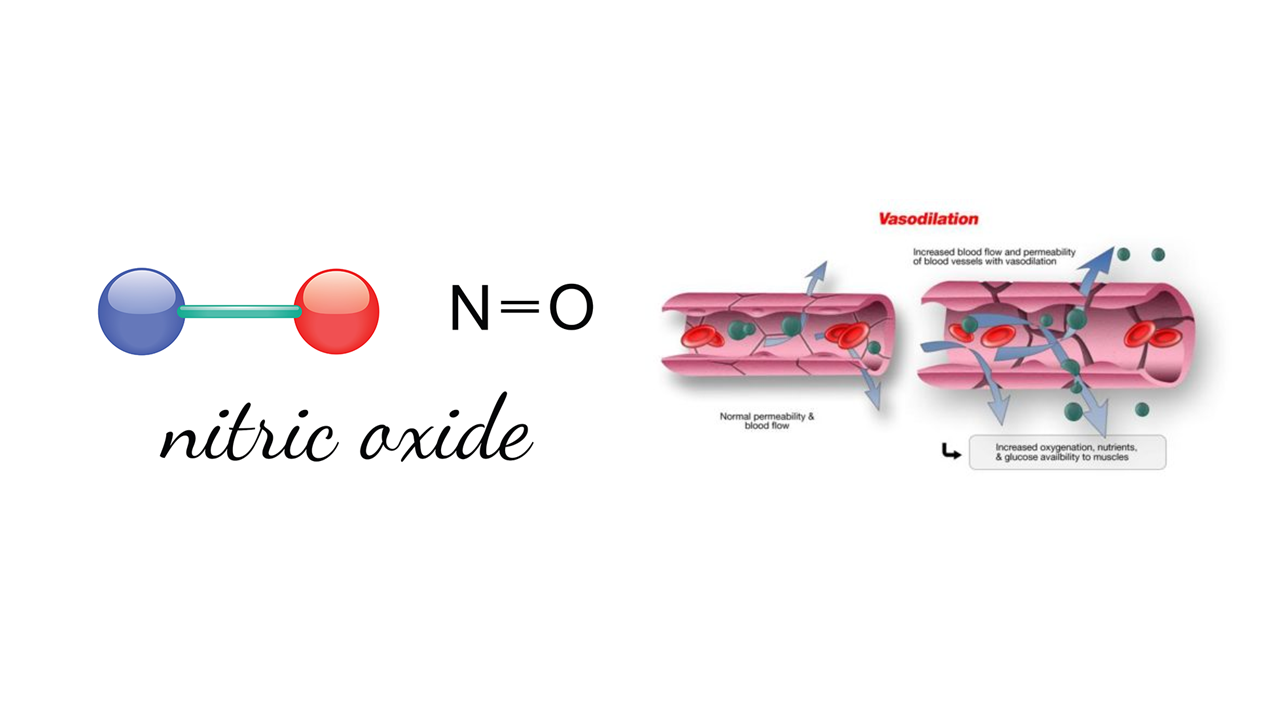
Since quite some time it was known that nitric oxide (NO) was a powerful vasodilator. NO is an extremely volatile gas. It permeates through the cells that make up the walls of arteries and relaxes them, thus causing increase in diameter of these blood vessels. During 1980s the Pfizer research team at Sandwich were struggling to find a way to increase NO production inside the cells of these blood vessels. The issue was that any drug that increased NO soon would lose impact because body would grow tolerant to the dose of that drug. And with increasing dose, side effects would increase, and this was just not sustainable.
Then came an “out of the box” proposition- why not target how NO works rather than targeting NO itself? NO, inside any cell, leads to formation of a compound called cGMP which kicks- off a cascade of events that results in vasodilation. cGMP gets destroyed by a set of chemicals called PDEs (Phospho-Di- Esterases). So, Pfizer’s “out of the box” idea was- Can we block PDEs to cause vasodilation? The idea was sound in theory. If you block PDEs, cGMP will not be destroyed, and it will keep dilating the blood vessels.
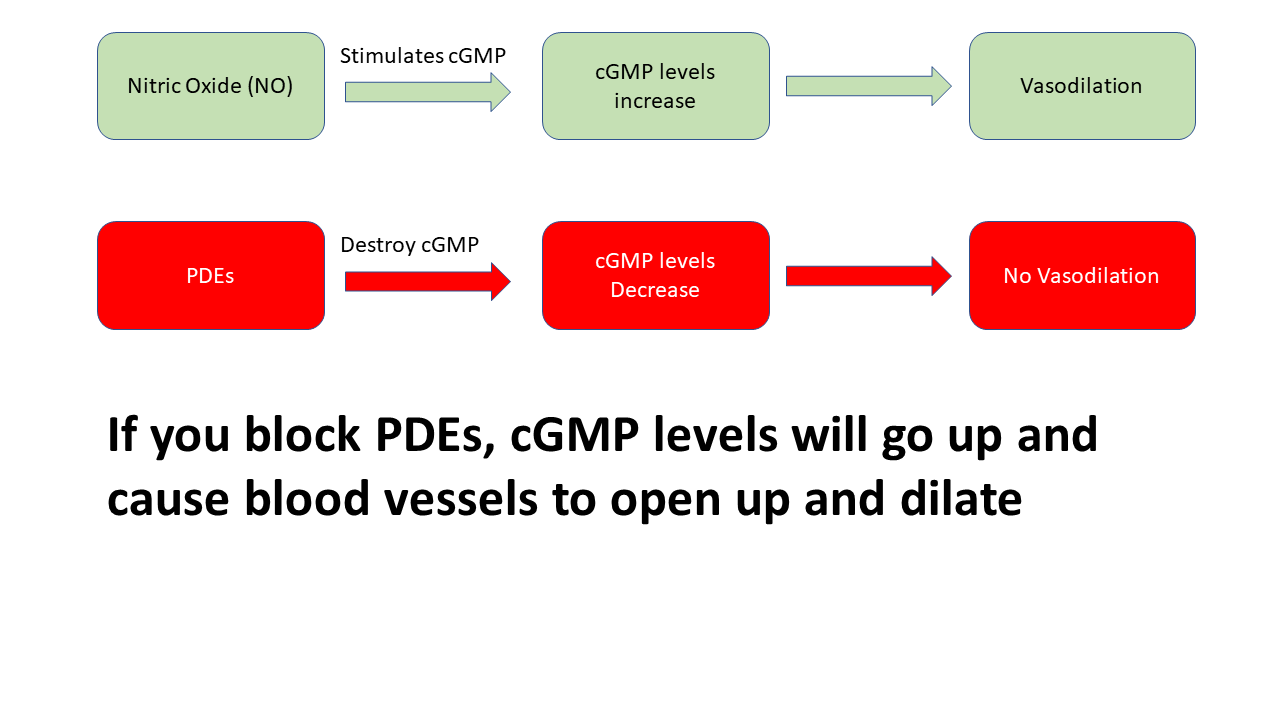 But there were 5 types of PDEs. Each type had action a bit different from the other. If you block all the PDEs you will definitely achieve vasodilation, but you will also cause unwanted effects. For example, PDE3 and PDE4 hardly destroy cGMP- they actually destroy another compound called cAMP. cAMP is critical for sugar and fat metabolism in any cell and it can be detrimental to block cAMP when you really want to just block cGMP. Similarly, PDE1 and PDE2 cause breakdown of both cAMP and cGMP. However, the fifth member of this group, PDE5, exclusively destroys cGMP.
But there were 5 types of PDEs. Each type had action a bit different from the other. If you block all the PDEs you will definitely achieve vasodilation, but you will also cause unwanted effects. For example, PDE3 and PDE4 hardly destroy cGMP- they actually destroy another compound called cAMP. cAMP is critical for sugar and fat metabolism in any cell and it can be detrimental to block cAMP when you really want to just block cGMP. Similarly, PDE1 and PDE2 cause breakdown of both cAMP and cGMP. However, the fifth member of this group, PDE5, exclusively destroys cGMP.
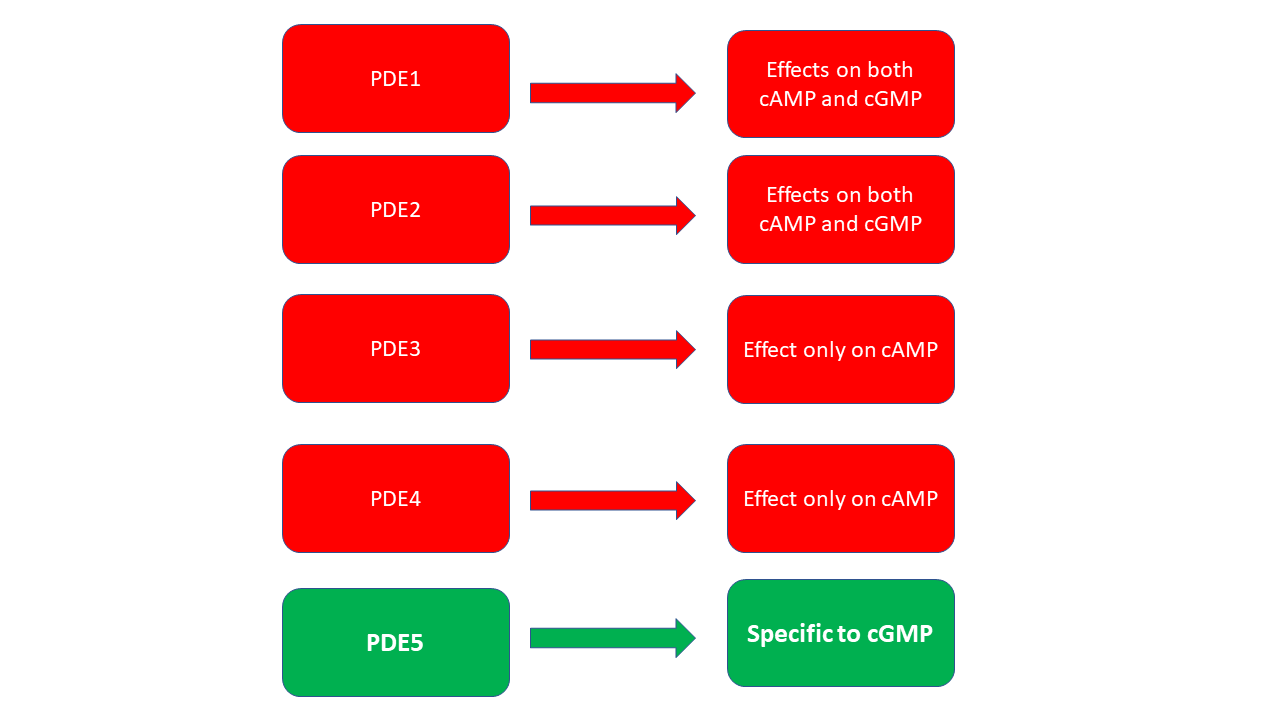
Thus the Pfizer team at Sandwich now knew that they needed to develop a drug that blocks only and only PDE5 and not all the PDEs. Soon they designed one. This was initially code- named UK-92,480 which was later named as Sildenafil (brand name- Viagra)
Testing of Viagra started in 1991 with the all the excitement that Viagra might be a new weapon in the armamentarium of drugs to treat heart attacks. But soon the results led to setback in terms of expectations. The first problem that researchers observed was that people who were taking nitrates (primary drugs used for managing heart attacks), are more prone to suffer serious side effects if given Viagra. Nitrates are life- savers for patients with the risk of heart attacks and these patients cannot be asked to give up nitrates. The next problem was the Viagra was extremely short lived in its effects. This meant heart attack patients would have to take Viagra thrice daily every day for life.
The researchers had also discovered that Viagra can impact color vision function of retina- this put questions regarding long term usage of Viagra. There were other side effects as well. Some patient started experiencing penile erections as a side effect of consuming Viagra. Initially this side effect was not given much importance. But soon this side effect would be the most important reason why millions across the world will buy Viagra for!
Erectile Dysfunction
Erectile dysfunction (ED) is the inability to get and keep a penile erection firm enough for sex. It’s sometimes referred to as impotence, although such reference is medically incorrect. ED is quite common. It is estimated that more than 100 million men worldwide suffer from ED.
The shaft of penis consists of three columns. Two large columns, each known as corpus cavernosum, run parallelly through the shaft of the penis. The third column, known as corpus spongiosum, runs through the middle of the shaft of penis.
Blood reaches penis via a set of arteries called cavernosal arteries. Cavernosal arteries directly lead to the two corpus cavernosum (plural is corpora cavernosa, but I am just trying to avoid confusing!). Upon sexual stimulation, the cavernosal arteries dilate leading to increase in blood flowing into corpus cavernosum. If arteries are the tubing systems that carry blood into any organ, veins are the ones that carry the blood out from that organ. During sexual stimulation, the veins (that are supposed to carry blood away from penis) get blocked. Thus, blood is incoming in large amounts while it is not allowed to leave penis during sexual stimulation. This leads to rigid erection of penis.
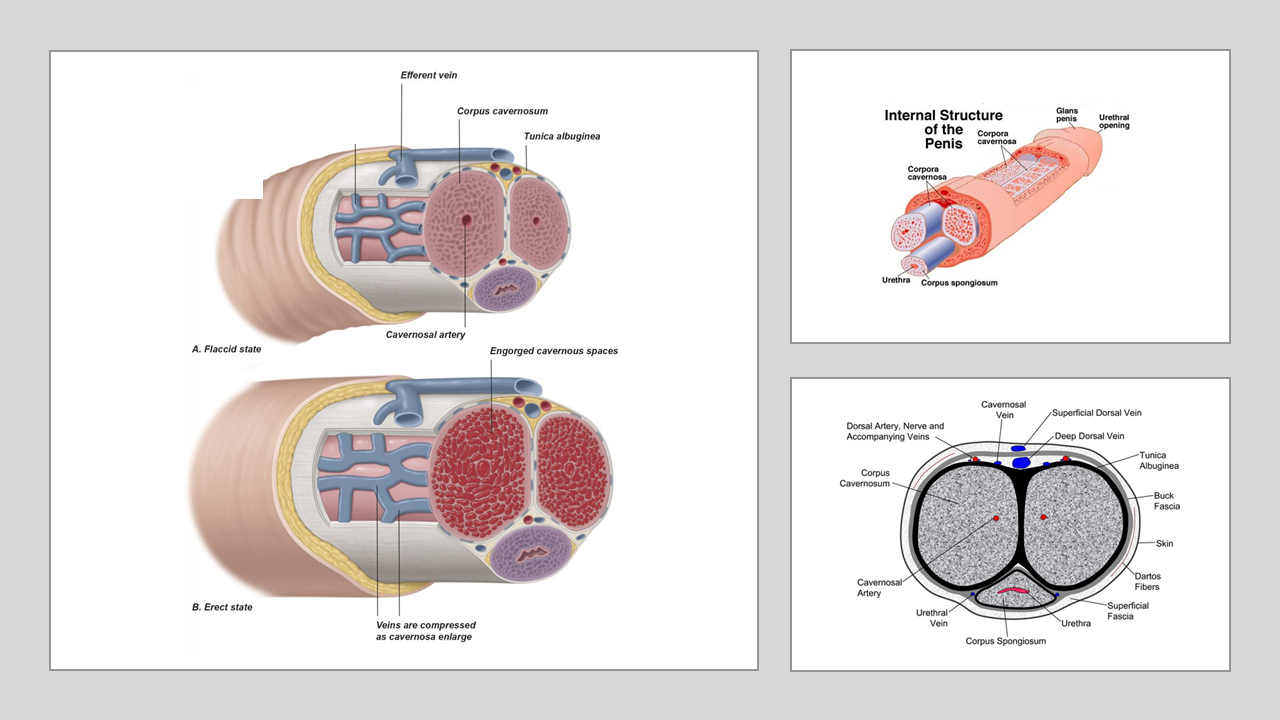
From Heart Attack to Erectile Dysfunction and Beyond- Viagra’s Historic Journey
By 1993 Viagra was no longer seen as a promising drug for treating heart attacks because of the reasons we discussed. But the reported side effect of penile erections from the patients upon whom Viagra was being studied soon led to another “out of the box” approach by Pfizer. While Viagra might not be a sustainable drug for managing heart attacks, can it be used for treating erectile dysfunction? Science was agreeing. Business was agreeing and blushing with the prospect of earning in billions.
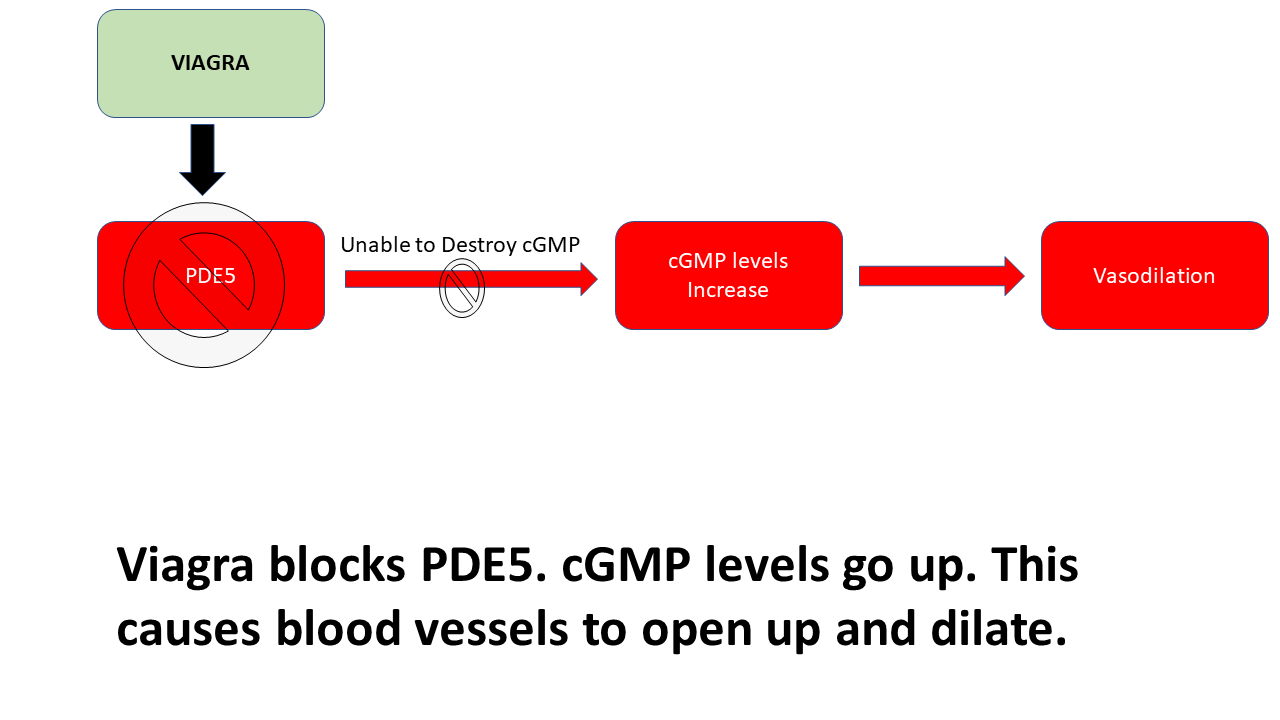
In late 1993 the first human trial in patients with ED was undertaken. However, such a trial was difficult to implement. Problem was how to design a trial where one can test Viagra’s erectogenic effect while allowing the patients to be sexually stimulated. Pfizer again came up with another “out of the box” answer. Pfizer introduced a device called Rigiscan. This device had two loops that were placed round the base and tip of the penis of a patient. Placed in this way, Rigiscan was used to monitor and record the girth and hardness of the penis during sexual stimulation. By mid-1994, data from two separate clinical studies showed that just single dose of sildenafil enhanced erectile responses to sexual stimulation and was found to be relatively safe. Also a clear dose- response relationship was observed: as the dose was increased erection effect was further enhanced. By 1997 more than 4,500 subjects had been tested with Viagra. 21 separate human studies had demonstrated the efficacy of Viagra in various patient populations. In March 1998, the US- FDA approved Viagra for the treatment of men with ED. Soon, in September 1998, Europe also gave a similar approval.
During these 10 years of research, a 6th member was added to the family of PDEs- PDE6. While Viagra selectively blocked PDE5, it also had slight impact on PDE6. PDE6 blockade was found to impact retina and affect colour vision. Maybe, this was the reason why Viagra caused loss of vision in some patients. If Viagra would have been used for treating heart attacks, thrice daily Viagra could have made loss of vision a disastrously common side effect. With occasional, on- demand, once a day usage of Viagra for ED, vision related side effects is not at all common. But it still remains a side- effect and one must keep in mind about its possibility with frequent use of Viagra.
Before Viagra was introduced for treating ED, there was no doubt that an effective oral drug would be a major breakthrough in the treatment of this distressing condition. However, during 1980s, few researchers and clinicians in the field thought this was possible. Within a few weeks of the introduction of Viagra to the US market more than one million patients had received prescriptions for Viagra. Viagra became a multi- billion-dollar blockbuster! It is now estimated that more than 750,000 physicians have prescribed Viagra to over 23 million men. Viagra remains by far the most widely used treatment for ED.
Pfizer did not stop its research with use of Viagra in ED. From 1991 to 2005, Pfizer conducted lots of studies that evaluated and proved efficacy of Viagra in a disease called pulmonary arterial hypertension (PAH). In 2005 Viagra was approved both in US and Europe for treatment of PAH.
How does Viagra make plants “erect”?
Professor Yaacov Leshem is a plant researcher at Bar-Ilan University in Ramat Gan, Israel. Professor Ron Wills is a researcher from the food technology department of the University of Newcastle, Australia. Both were pleasantly surprised when they found that Viagra has a similar effect on plant ripening as it does on men’s sexual organs. Actually, their findings should not be really surprising considering their 1998 research that was published in the journal Plant Physiology and Biochemistry. In this 1998 research Professor Leshem and Professor Wills showed that the shelf life of fruit, vegetables, and cut flowers can be easily increased by fumigating them with nitric oxide (NO).

We have seen earlier that NO works by increasing levels of cGMP. And so does Viagra. So, if NO can increase a plant’s shelf life, so should Viagra. And this is what we see!
Am I thinking right? What are your thoughts? Please share your views in the comments section.






This will lead to another revolution and nonetheless increase in sale….lemme check …ha ha ha
In case Pfizer decides to enter the floral market!!
whoah this blog is wonderful i really like reading your articles. Keep up the great paintings! You realize, a lot of people are hunting round for this info, you could help them greatly.
Thank you for your compliments!
whoah this blog is wonderful i really like reading your articles. Keep up the great paintings! You realize, a lot of people are hunting round for this info, you could help them greatly.
Thank you for your compliments!
I have read so many posts about the blogger lovers however this post is really a good piece of writing, keep it up
Thank you for your compliments!
whoah this blog is wonderful i really like reading your articles. Keep up the great paintings! You realize, a lot of people are hunting round for this info, you could help them greatly.
I have read so many posts about the blogger lovers howeverthis post is really a good piece of writing, keep it up.
Thank you!
I have read so many posts about the blogger lovers however this post is really a good piece of writing, keep it up
Thanks!
I agree with your point of view, your article has given me a lot of help and benefited me a lot. Thanks. Hope you continue to write such excellent articles.
Reading your article helped me a lot and I agree with you. But I still have some doubts, can you clarify for me? I’ll keep an eye out for your answers.
I have read so many posts about the blogger lovers however this post is really a good piece of writing, keep it up
I have read so many posts about the blogger lovers however this post is really a good piece of writing, keep it up
I have read your excellent post. This is a great job. I have enjoyed reading your post first time. I want to say thanks for this post. Thank you…
Reading your article has greatly helped me, and I agree with you. But I still have some questions. Can you help me? I will pay attention to your answer. thank you.
Your point of view caught my eye and was very interesting. Thanks. I have a question for you.
Hi, I log on to your new stuff like every week. Your humoristic style is witty, keep it up
The blog and data is excellent and informative as well
I see some amazingly important and kept up to length of your strength searching for in your on the site
Very nice article, I enjoyed reading your post, very nice share, I want to twit this to my followers. Thanks!.
I must admit that your post is really interesting. I have spent a lot of my spare time reading your content. Thank you a lot!
Great post i must say and thanks for the information. Education is definitely a sticky subject. However, is still among the leading topics of our time. I appreciate your post and look forward to more.
I would like to say that this blog really convinced me to do it! Thanks, very good post.
This is very useful post for me. This will absolutely going to help me in my project.
Great selection of modern and classic books waiting to be discovered. All free and available in most ereader formats. download free books